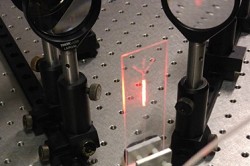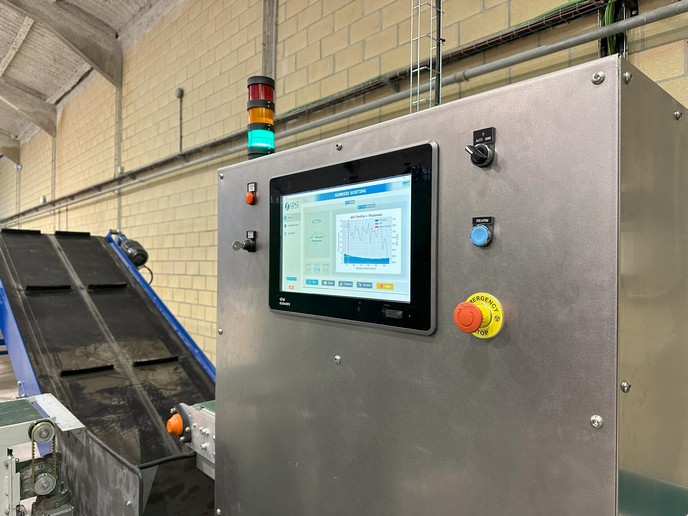The colour of light — what it tells us about water contamination
The challenge in measuring water contamination is to make low-cost devices that can function autonomously, providing accurate information on chemical and biological contaminants over months or even years. The EU-funded NAPES project has developed a prototype colorimetric chemical sensing device that takes water samples and, using microfluidics, adds reagents to generate a specific colour. ‘We use a low-cost LED (light emitting diode) photo-detector to measure the colour, which is related to the concentration of nutrients and other contaminants in water,’ says project coordinator Dermot Diamond of the National Centre for Sensor Research at Dublin City University, Ireland. While there was a particular focus on phosphate, a major contaminant in water bodies across Europe, ‘the chemistry can be adapted to detect other important contaminants,’ he says. Prototype devices were deployed in the Mediterranean Sea and Arctic region and at wastewater treatment plants in Italy and Ireland. Project partner Tellabs of Ireland estimates the commercial price of the NAPES device will be around EUR 2 000 or ten times less than the current commercial price of autonomous environmental analysers. ‘If we can drive down the cost of these instruments, we can dramatically increase the number of devices we deploy and measure more often in more locations to give a more accurate picture of environmental status,’ Professor Diamond explains. Bio-detectors For detecting biological contaminants such as E.coli bacteria, the project team built on a sensitive optical sensor first developed by the University of Milan, Italy. ‘The polymer used in this detector is invisible in water as it has the same refractive index as water,’ Professor Diamond elaborates. The surface of the material is treated to target a particular molecule. ‘Because it is refractive-index matched, if you change the surface you change the refractive index and what is invisible suddenly become visible, which provides a very sensitive detection method,’ he says. Bio-receptors from Aquila Biosciences were immobilised on microbeads by another project partner, the Curie Institute in Paris, France. In the presence of bio-contaminated water, bacteria are concentrated on the beads and subsequently released for measurement via the Milan optical detector. These complex building blocks were all individually advanced under the NAPES project and then integrated into functioning demonstrator platforms for validation in lab-based trials. Disruptive devices using light The project team also developed innovative photo-switchable materials — molecules were synthesised and used to produce a gel whose properties change dramatically when exposed to light, making the gel expand and contract. Fluidic control requires valves that consume a lot of power and are currently too large to be integrated into a microfluidic chip. ‘We incorporated this photo-switchable gel into microfluidic channels and used light to make the gel expand and contract, closing or opening the channel on demand,’ Professor Diamond explains. ‘We demonstrated that not only can we turn the flow on and off, but we can hold the polymer gel at an intermediate stage, partially open, to precisely control the flow rate in the microchannel.’ The light-controlled ‘valve’, which has been patented, can be incorporated onto a microfluidic chip, and has the potential to become a disruptive technology by significantly driving down the cost of microfluidic systems used in analysers.
Keywords
NAPES, water, pollution, sensors, photosensors, valves, microfluidics, nanomaterials, phosphates, E.coli, disease, waterborne disease







